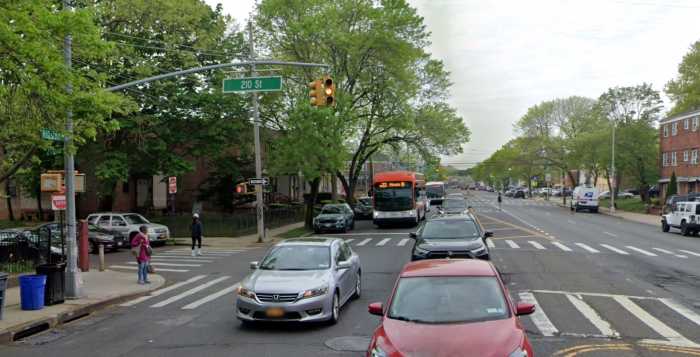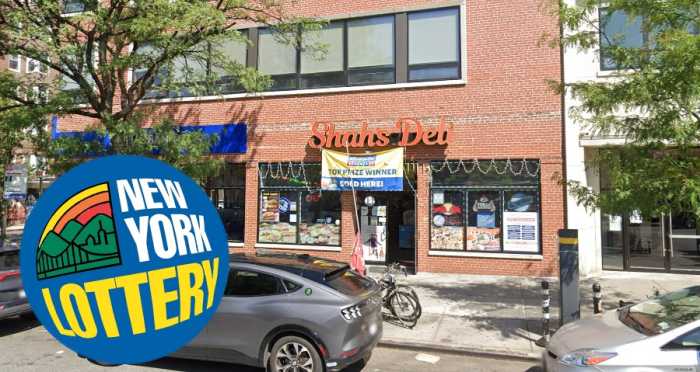By Philip Newman and Jeremy Walsh
The Federal Aviation Administration's plans for summer include updating technology and air traffic strategies for the New York area, acting Administrator Robert Sturgell said last Thursday during a visit at LaGuardia Airport.
“This will help ease congestion and delays, which is a boost to the passenger,” Sturgell said. “Our goal is to avoid a repeat of last summer.”
Sturgell provided details about improved technology to help cut delays nationwide this summer and predicted higher fuel costs could cause more airlines to eliminate flights.
Satellite technology will allow planes to fly closer together over the Atlantic from New York to the Caribbean, creating more routes and reducing delays along that busy corridor, Sturgell said in a news release.
The three New York-area airports rank consistently among the busiest in the country. Last year John F. Kennedy International Airport ranked 12th, Newark Liberty International Airport ranked 14th and LaGuardia Airport ranked 18th in the FAA's list of the busiest airports in the country. Atlanta's Hartsfield-Jackson International Airport topped the list.
In March 2008, JFK handled 37,063 flights, according to the Port Authority of New York & New Jersey. Newark handled 36,940 flights; LaGuardia handled 32,580.
The FAA's new satellite technology allows air traffic controllers to increase capacity along the East Coast by reducing the lateral distance between properly equipped planes from 90 miles to 50 miles.
The change will increase the number of planes that can fly along the corridor, Sturgell said.
The FAA began using the new procedures April 1, and they are scheduled to be fully operational June 5, Sturgell said.
To help relieve delays in the New York area, the FAA created a new westbound departure route, opened simultaneous approaches to two parallel runways at Newark Airport and implemented ground radar at all three airports to manage congestion in the ramp and gate areas.
The FAA is also using new air traffic software to fill in canceled slots in arrival schedules with other flights and route flights around severe weather more easily.
Commercial airline passenger delays in the United States amount to approximately $10 billion in delay costs each year, the FAA said. In 2007, 765 million people flew in the United States, but that number is expected to increase to 1 billion by 2016, the agency said.
Reach reporter Jeremy Walsh by e-mail at jwalsh@timesledger.com or by phone at 718-229-0300, Ext. 154.


































